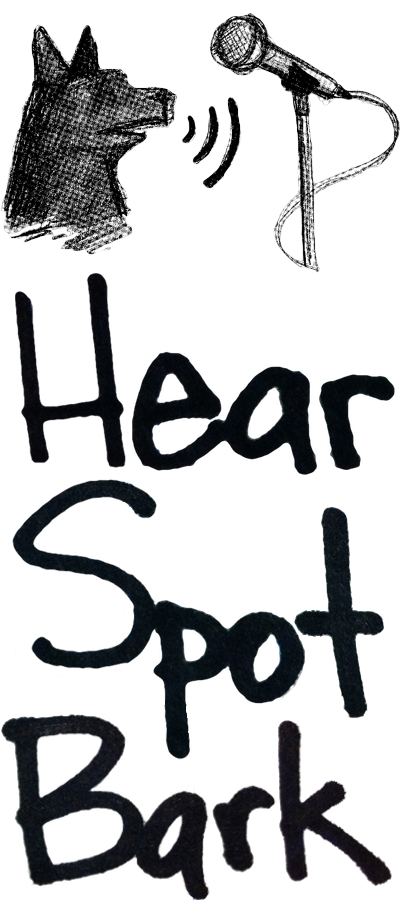Randy Thom (you know of him, I guarantee it) wrote a guest post for the website Designing Sound (click the title link above), in which he discusses the art of sound design, and how practitioners of this art have to make choices when it comes to how much, or how little, detail to provide with sound.
I find this an interesting topic of discussion given my main source of work the last 6 months or so: animation. In animation, the sound editor has to provide all the sonic details, as there is no production audio that was recorded along with the images. Therefore, it's a continuing set of choices regarding what sounds need to be there to make the story clear and focused, what should be there to make the "world" a lively and active place, and what sounds might be there to highlight and enhance the mood, action, or other emotional elements. Working in animation has definitely improved my decision-making skills in this area, and I will be the first to admit that I'm still developing, learning, and honing my skills as a sound editor and designer with the help of my employers and fellow editors.
